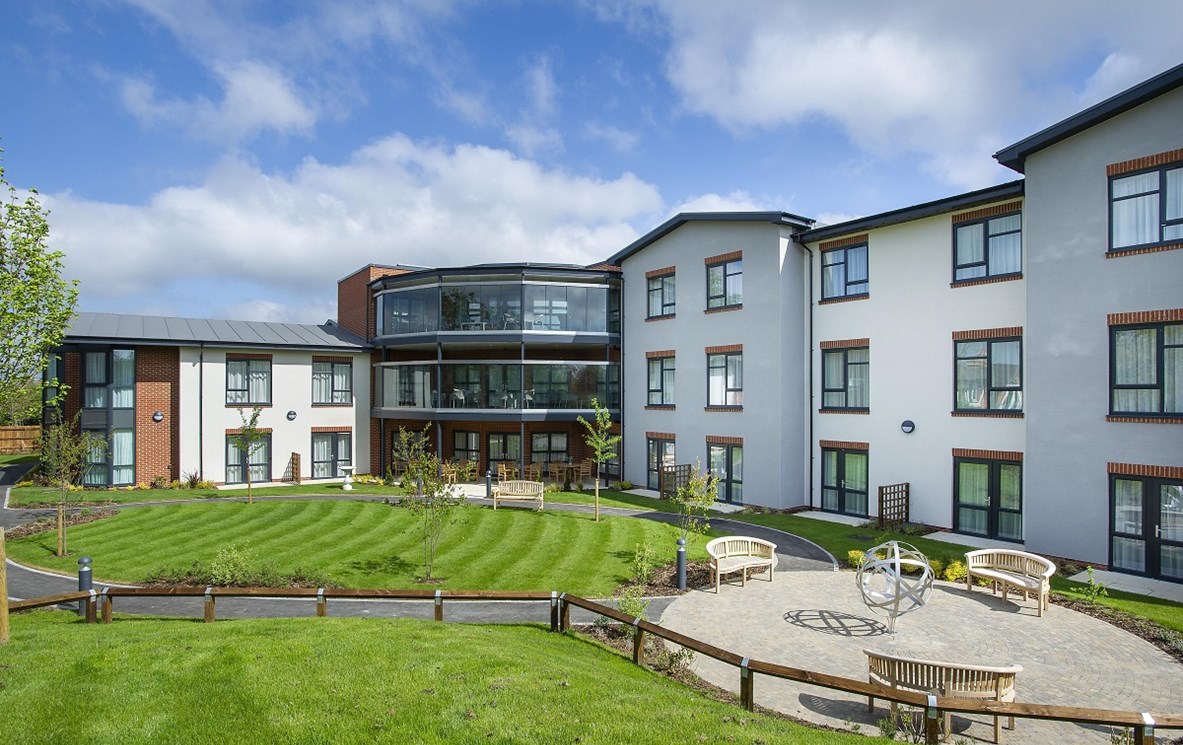Important Factors During Construction of a Care Home
July 7, 2023

When constructing a care home, several key considerations need to be taken into account. One of the most crucial factors is effective communication. Without proper channels of communication established between the care home manager and the main contractor, disruptions can occur, leading to delays and added stress. It's important to hold regular meetings, both formal and informal, to discuss the project plan and keep everyone informed about which areas will be undergoing construction work. This way, care home staff can understand and prepare for any changes, and contractors can work around the needs of the residents.
Another key consideration is the competence of the contractor. It's not just about evaluating the quality of their craftsmanship, but also their ability to plan and manage construction work while prioritizing health and safety. Care homes must only engage contractors who adhere to CDM regulations, ensuring that the construction work is carried out safely and securely. Contractors must also be able to work around the needs of the residents, ensuring that their comfort and well-being are not compromised during the construction process.
The construction of a care home is a complex process that requires careful planning and execution. It's essential to work with contractors who have experience in this field, as they will be able to anticipate potential issues and provide solutions that meet the unique needs of the care home. With effective communication, competent contractors, and a focus on safety and well-being, care homes can be constructed to the highest standards, providing a safe and comfortable environment for residents and staff alike.
Managing construction work within a care home environment can be a challenging task, especially when the residents have dementia or physical difficulties. It is crucial to prioritize their safety and well-being during the construction process. To achieve this, we take several precautions to minimize any risks or stress caused by the construction activities. We may close off corridors, wings, or floors to prevent potential hazards, ensuring that the residents are not exposed to any danger. We utilize signs and physical barriers to restrict access to areas where construction work is taking place. This helps to prevent accidents or injuries involving residents, staff members, and contractors. We understand that safety is paramount, and we take all necessary measures to ensure that the construction process does not compromise the comfort and security of the residents.
In building projects for care homes, logistics planning is essential to maintain operations and avoid disruptions. We collaborate closely with care home management to develop a logistics plan that covers entry and exit routes within the care home premises. Our teams use separate access routes to those used by the care home itself, and designated areas are allocated for parking, deliveries, and internal and external storage requirements. This ensures that the construction process does not disturb the daily activities of the care home and its residents. By taking a planned logistics approach, we can effectively manage the construction process, minimize disruptions, and ensure that the care home's operations continue to run smoothly.
When planning a construction project, it is important to consider a variety of factors to ensure its success. One crucial aspect that should not be overlooked is the safety of those involved. This includes taking into account fire safety routes and provisions, as well as providing adequate sanitation facilities for contractors. As the project progresses, it is also important to maintain flexibility within the plan to accommodate any changes that may arise. This ensures that adjustments can be made accordingly and accounted for within the plan. By prioritizing safety and flexibility in the planning process, you can help ensure a successful and efficient construction project.
When embarking on a construction project, it's easy to get caught up in the excitement of the end result. However, it's crucial to remember that the safety of all those involved should always be the top priority. This means taking the time to carefully consider fire safety routes and provisions, ensuring that all necessary precautions are in place to prevent any accidents or emergencies. It's also important to provide adequate sanitation facilities for contractors, as this can greatly impact their productivity and overall satisfaction with the project.
As the project progresses, it's essential to maintain flexibility within the plan. This means being open to making changes and adjustments as necessary, to accommodate any unforeseen circumstances that may arise. Whether it's a delay in materials or a change in the project scope, having a flexible plan in place allows you to adapt quickly and effectively. By prioritizing safety and flexibility in the planning process, you can help ensure a successful and efficient construction project that meets the needs of all those involved.
Recent Blogs
- Residential Construction Trends to Watch Out for in 2024
- What are the evolving needs of clients in the residential and commercial sectors?
- How to Ensure Office Spaces are Functional and Reflective of a Company's Brand and Culture?
- How do we ensure that hotels and resorts are built to maximize guest comfort and experience?
- The Significance of Adequate Parking Lot Construction